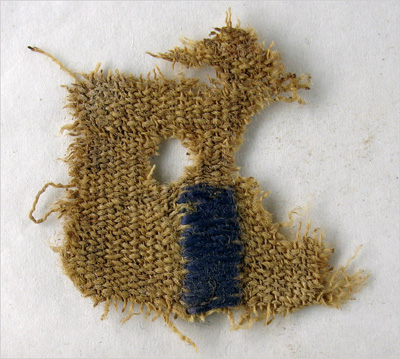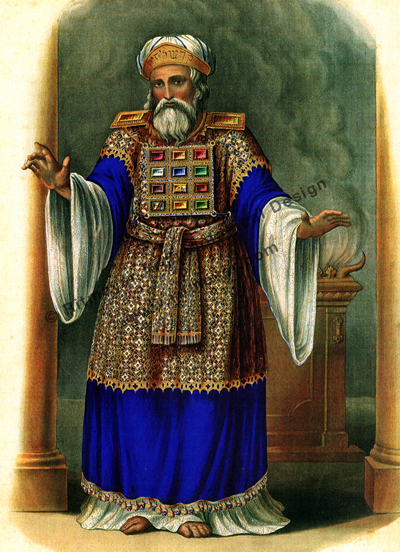The first known physical sample of tekhelet (the Biblical “blue” that was used in the Tabernacle and the High Priest’s garments) has been identified among finds from Masada. Read the full story here.



HT: Joe Lauer
Ritmeyer Archaeological Design
…for the latest research, analysis and products on Biblical Archaeology
The first known physical sample of tekhelet (the Biblical “blue” that was used in the Tabernacle and the High Priest’s garments) has been identified among finds from Masada. Read the full story here.



HT: Joe Lauer
Hi Leen,
When visiting the city of Haifa in 1984, I found hundreds of shells among the ruins near the beach at Tel Shikmona. Each shell had a hole punched in the side of it and I put one in my pocket for a souvenir. Thanks to you, I now know the story behind the discovery. The excavators had revealed a dye production facility and then abandoned the site.
The textile sample from Masada shown in your article may have been sold to its owner by Lydia of Thyatira (Acts 16:14), it fits the time period – right? Thanks for all you do to further the better understanding of Scripture and Archaeology! See – http://www.tekhelet.com/timeline.htm
That’s interesting. Lydia, however, was a seller of purple, i.e. cloth dyed in a reddish-purple coloring that was derived from the madder root.
Thanks Leen. I stand corrected.
Dear Mr. Chrysler,
It seems you give in too easily. An article posted about Ziv Koren http://www.post-gazette.com/pg/11059/1128583-115.stm
shows that Mr. Koren finds the the word ‘techelet’ is a modern word/interpretation for day-sky-blue whereas, his studies indicate toward night/nightfall etc. is more the shade of blue that should be referenced. Also, here are comments about how shades/hues of colors may have been seen as during more ancient times: by Raff Stelter http://flagspot.net/flags/xf-dye.html a quote follows however, please do read the whole post. “Although the Septuagint translates argaman as porphura or porphoreus, which means purple, in ancient times, “purple” denoted a deep crimson, most notably the dye obtained from the purpura snail. Ancient sources indicate that it was close to the color of fresh blood (Iliad 4:141). Talmudic sources state that argaman was obtained from a living creature (Yerushalmi, Kelayim 9:1), and other sources indicate that it was an aquatic creature (I Maccabees 4:23; Abarbanel on 25:10). Like tekheleth it was obtained from Tyre (2 Chronicles 2:6, cf. Ezekiel 27:16) as well as Greece or Italy (Ezekiel 27:7, Targum ad loc.). This dye was therefore most probably derived from from a species of the murex or purpura snail. The Septuagint translation, porphura, also denotes a purple snail.” We cannot just continue to ‘go along’ to ‘get along’ Mr. Chrysler… applying these ‘traditional ways of thinking’ and not searching and applying truer meanings/directives is causing us an eternity of hurt!